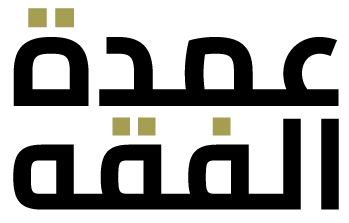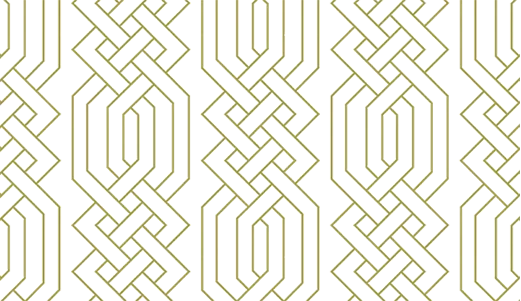The original (denominators/total number of shares) 1157 (in all problems of inheritance) are seven: 1158
1. When there is one-half, the estate will be divided into 2 shares.
2. When there is one-third or two-thirds, the estate will be divided into 3 shares.
3. When there is one-fourth, alone or with one-half, the estate will be divided into 4 shares.
4. When there is one-eighth, alone or with one-half, the estate will be divided into 8 shares.
:وَهِيَ سَبْعَةٌ
١. فَالنِّصْفُ مِنَ اثْنَيْنِ
.٢.وَالثُّلُثُ وَالثُّلُثَانِ مِنَ ثلاَثَةِ
.٣.وَالرُّبُعُ وَحْدَهُ أَوْ مَعَ النِّصْفِ مِنْ أَرْبَعَةٍ
.٤.وَالثُّمُنُ وَحْدَهُ أَوْ مَعَ النِّصْفِ مِنْ ثَمَانِيَةٍ


